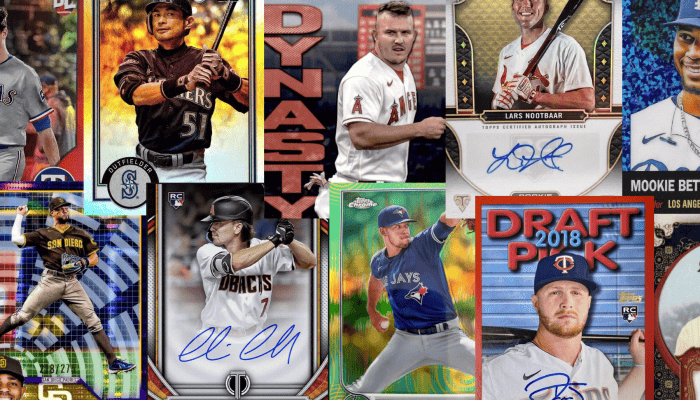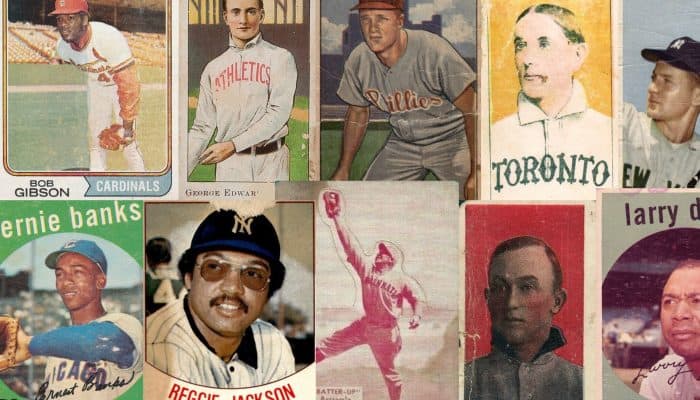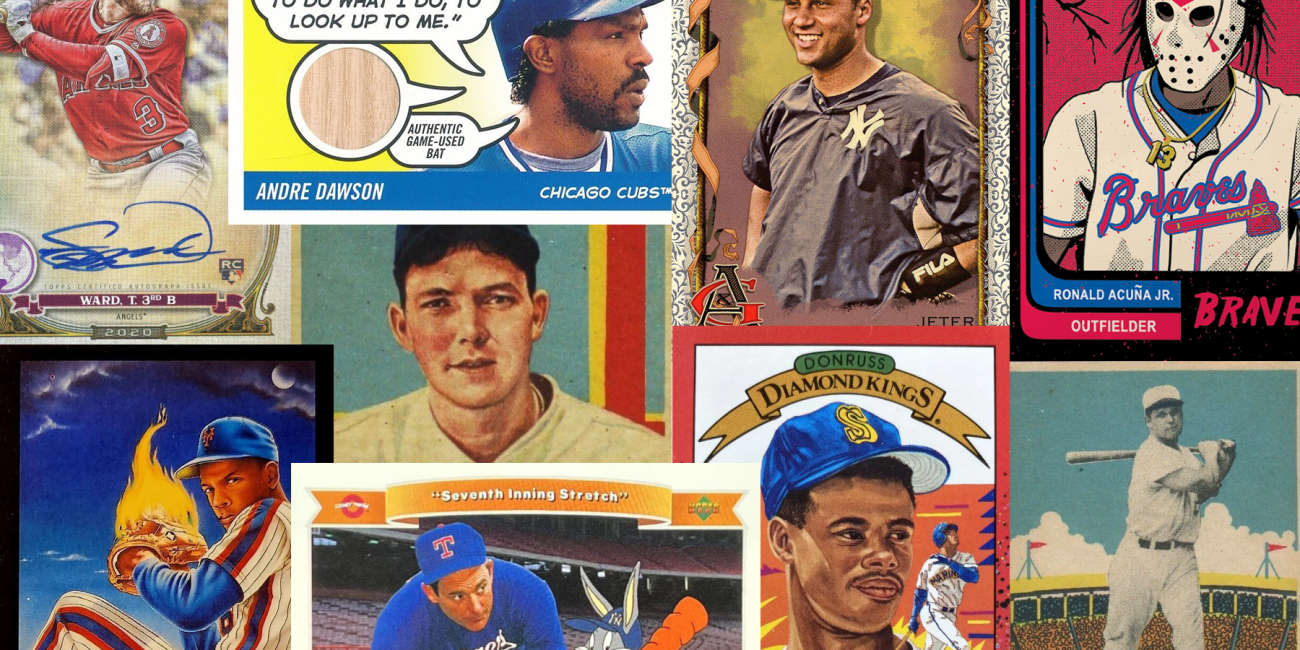
Baseball cards, more than just childhood collectibles, hold a unique place in sports culture. They capture iconic moments, enshrine legendary players, and offer a tangible piece of history. But beyond the statistics and player biographies, another artistic layer breathes life into these rectangular treasures: the baseball card art. From classic hand-painted portraits to modern digitally manipulated masterpieces, the visual language of baseball cards tells a captivating story of the sport’s evolution and artistic expression.
Early Days of Baseball Card Art
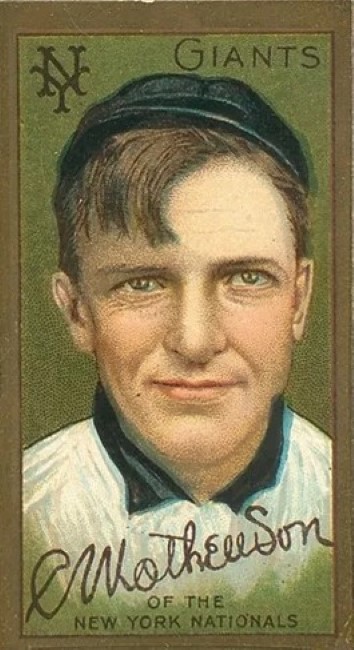
The early days of baseball cards, dating back to the late 19th century, were dominated by hand-painted portraits. These artworks, while often lacking in photographic detail, brimmed with character and captured the essence of the players. Often commissioned from illustrators and lithographers, the artwork aimed for realism, depicting players in dynamic poses and their team uniforms. These early cards established the foundational visual identity of baseball cards, one that continues to inspire modern artists.
As printing technology advanced, chromolithography became the dominant technique in the early 20th century. These cards featured vibrant colors and intricate details, making them more visually appealing and collectible. The iconic T206 Honus Wagner card is a prime example. It shows the power of chromolithography to elevate baseball cards into cultural artifacts.
The 1930s and 1940s saw a shift towards caricature-style illustrations. These whimsical portrayals emphasized players’ personalities and quirks, adding a touch of humor and lightheartedness to the cards. Popular artists like Willard Mullin and Norman Mcleod defined this era, leaving behind a legacy of charming and memorable card designs.
Modern Interpretations and Artistic Evolution
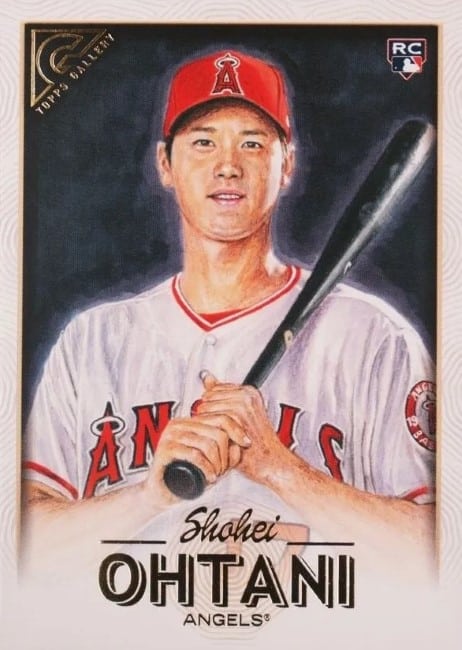
The latter half of the 20th century witnessed a diversification of artistic styles in baseball cards. Airbrushing techniques added depth and dimension to portraits, while bold colors and dynamic compositions became standard. Card designs incorporated team logos, mascots, and action scenes, creating visually engaging layouts.
The digital revolution further amplified artistic possibilities. Software tools allowed for intricate manipulations, creating effects like selective focus, light manipulation, and even the addition of fantastical elements. Artists started experimenting with mixed media, blending traditional painting techniques with digital tools. This broadened the visual spectrum, resulting in cards that transcended mere player representations and became artistic interpretations of the game itself.
Examples of innovative modern approaches include:
- Topps Project 70: This series featured collaborations between contemporary artists and athletes, resulting in unique and diverse interpretations of player portraits.
- Topps Gallery: This line showcases limited-edition cards with original artwork by established sports artists, blurring the lines between trading cards and collectible art.
- Bowman Chrome Design Your Own (DYC): This interactive platform allows fans to digitally customize card designs, incorporating their own artistic touches.
Technology Shaping Baseball Card Art
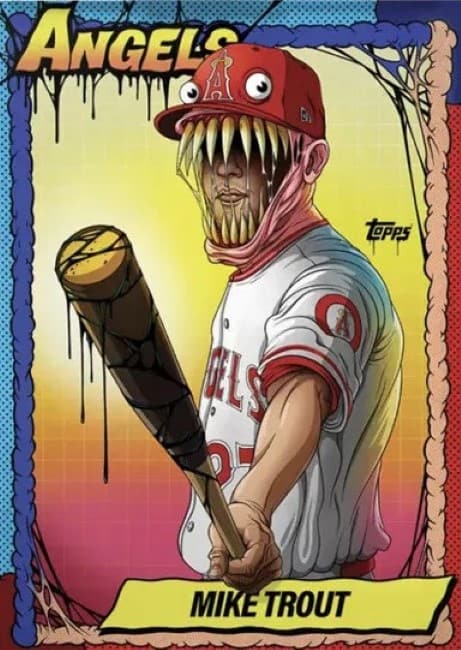
The technology used to create baseball card art has come a long way since the days of hand-painted portraits. Here are some key tools contributing to the evolution:
- Digital illustration software: Programs like Adobe Illustrator and Corel Painter allow for detailed digital paintings, incorporating textures, brushes, and effects that were impossible with traditional techniques.
- Graphic design software: Tools like Adobe Photoshop and InDesign help with composition, layout, and typography, resulting in professional-looking card designs.
- 3D modeling and animation: Advanced software enables the creation of realistic player models and dynamic action sequences, pushing the boundaries of traditional card design.
Looking Ahead: The Future of Baseball Card Art
As technology continues to evolve, the future of baseball card art promises exciting possibilities. Here are some emerging trends:
- Interactive cards: Augmented reality (AR) could create interactive experiences, allowing fans to view cards in 3D or access exclusive content.
- Personalization: AI and machine learning could personalize card designs based on individual fan preferences, creating unique and collectible items.
- Fan-created art: Platforms could empower fans to submit their own artwork for consideration, encouraging community engagement and fostering new artistic voices.
Conclusion
Baseball card art offers a fascinating lens through which to view the sport’s history, cultural impact, and artistic evolution. From the charming hand-painted portraits of the early days to the cutting-edge digital creations of today, these visual representations not only capture players and moments but also serve as testaments to the artistry and creativity intertwined with the game of baseball.
As technology continues to advance, the future of baseball card art promises exciting possibilities, blurring the lines between traditional collecting and interactive, personalized experiences. One thing remains certain: the artistic heart of baseball cards will continue to beat strong, captivating fans and collectors for generations to come
